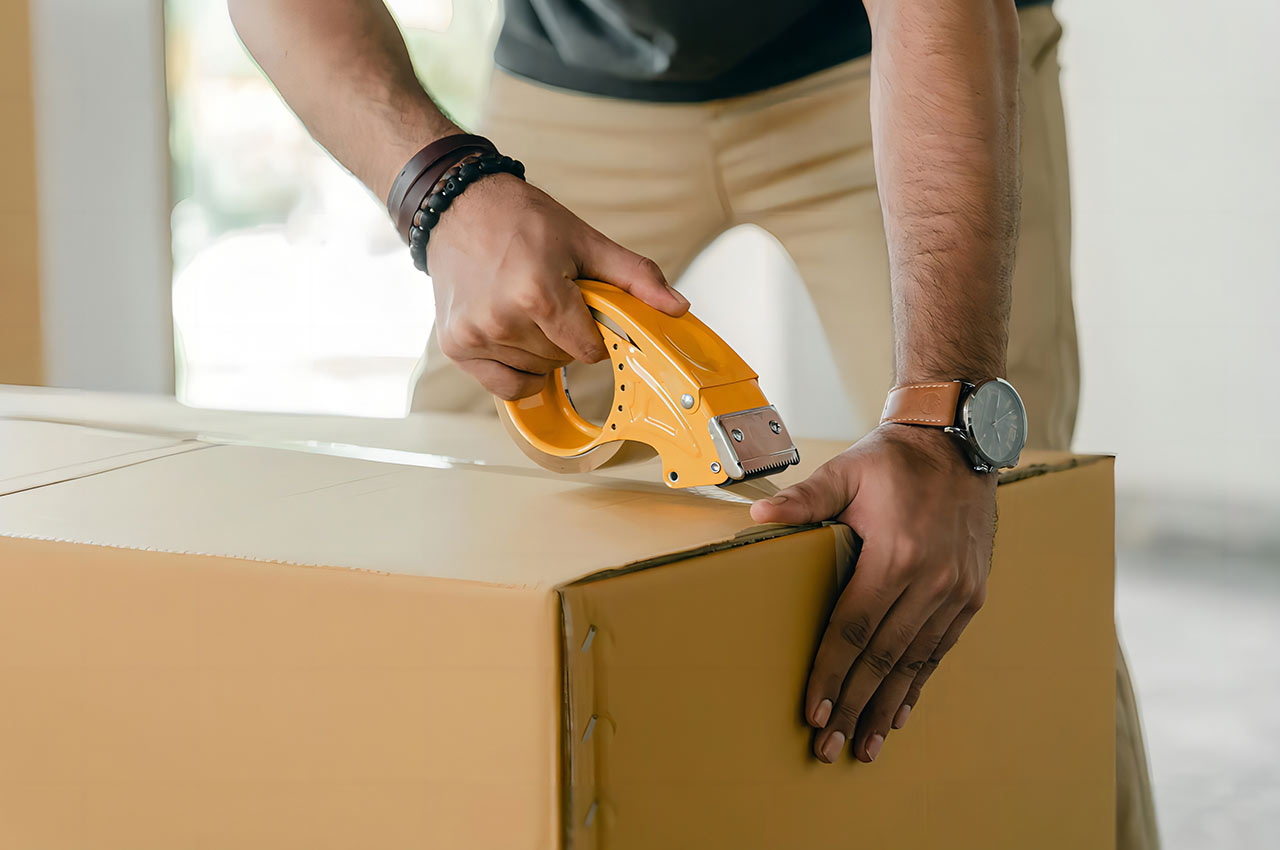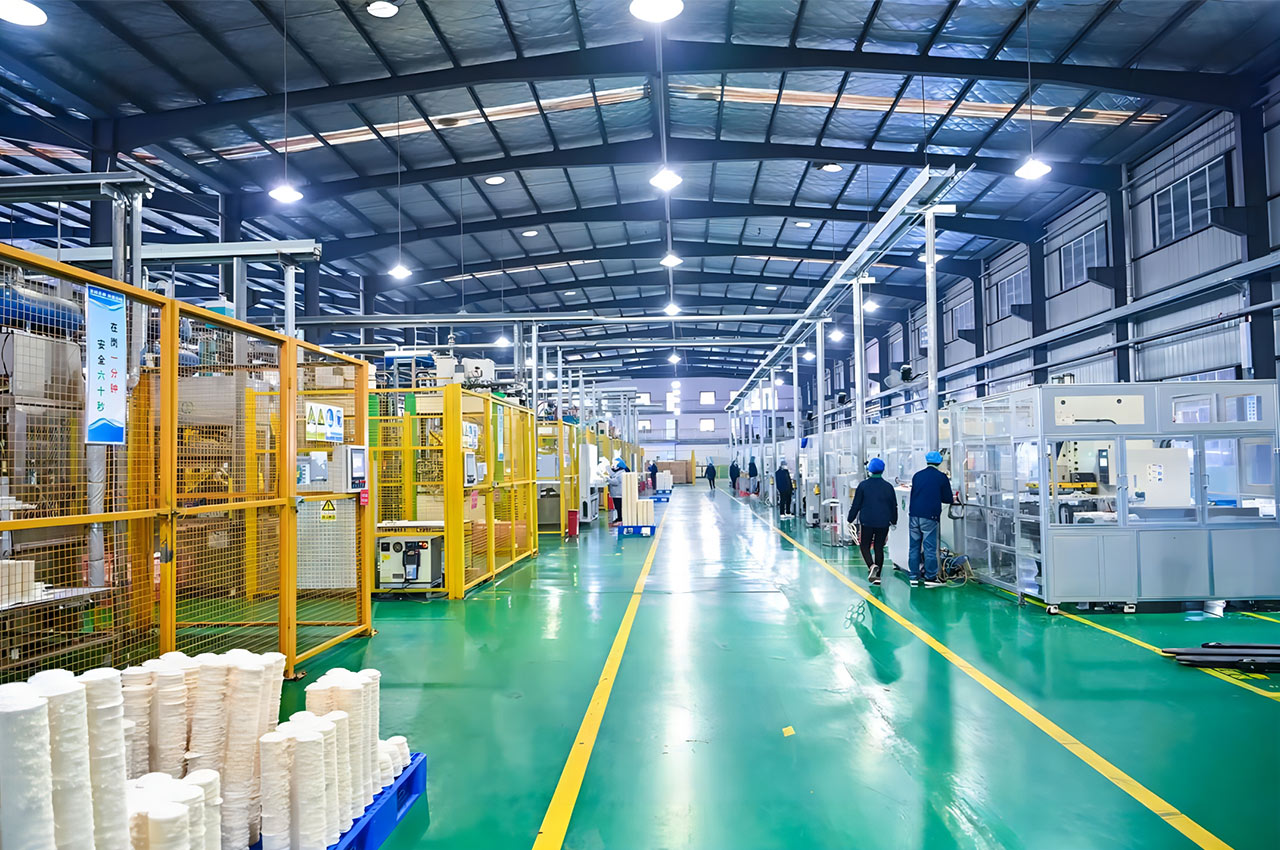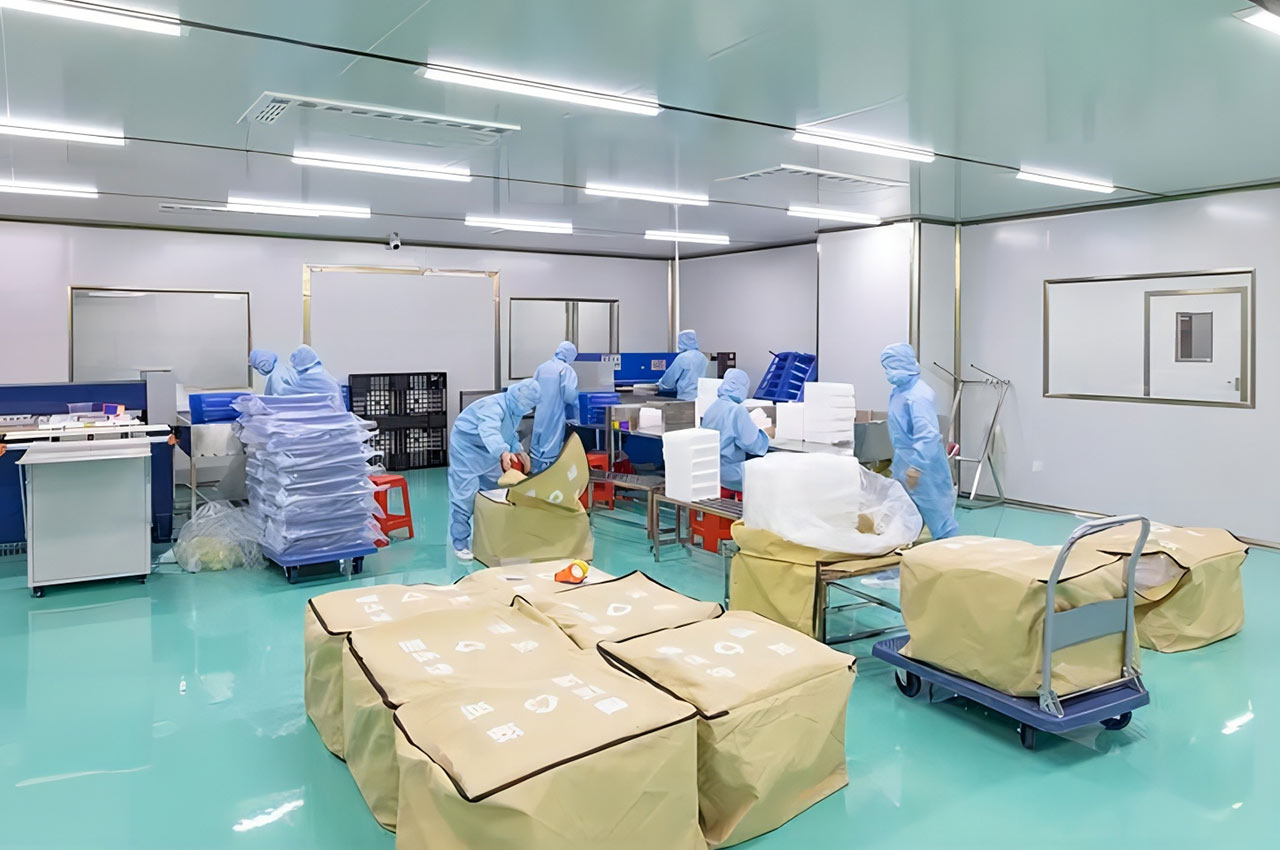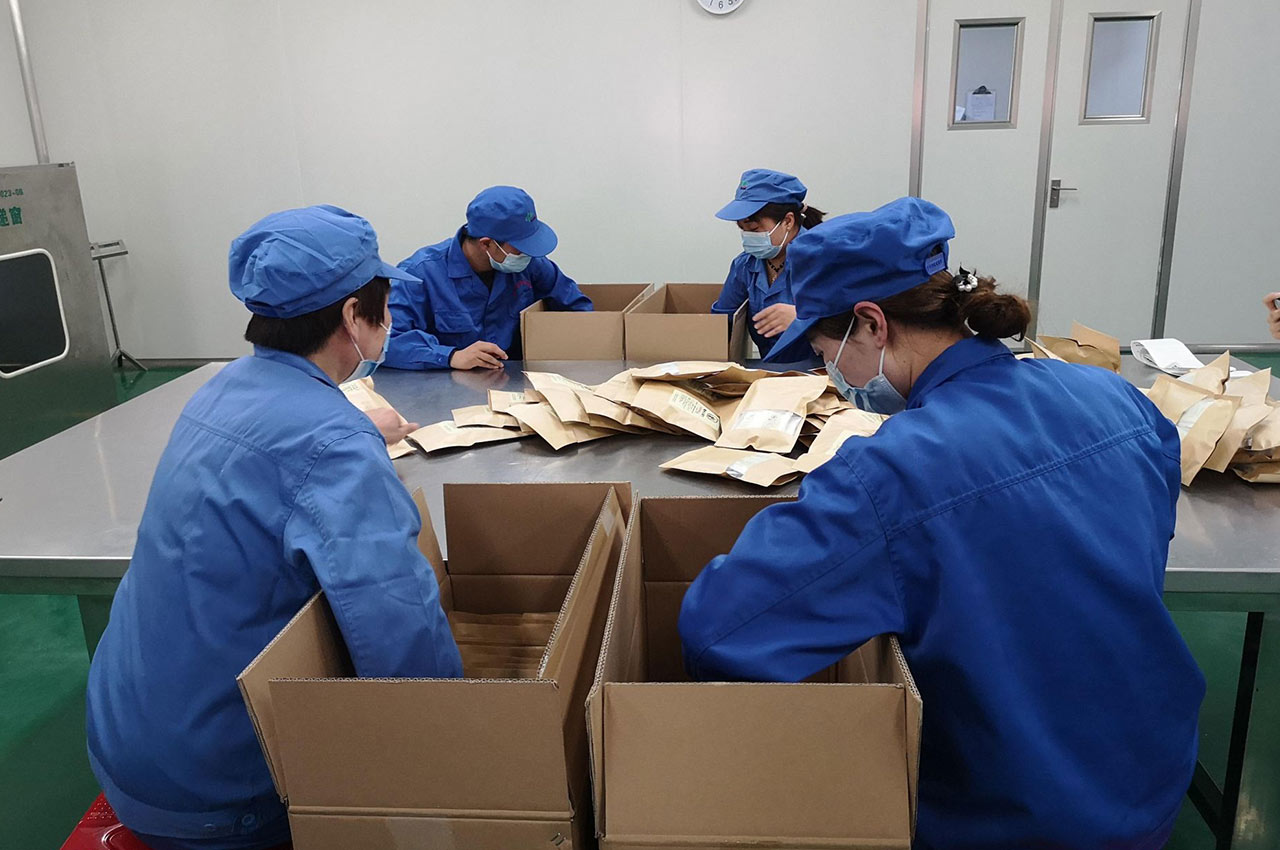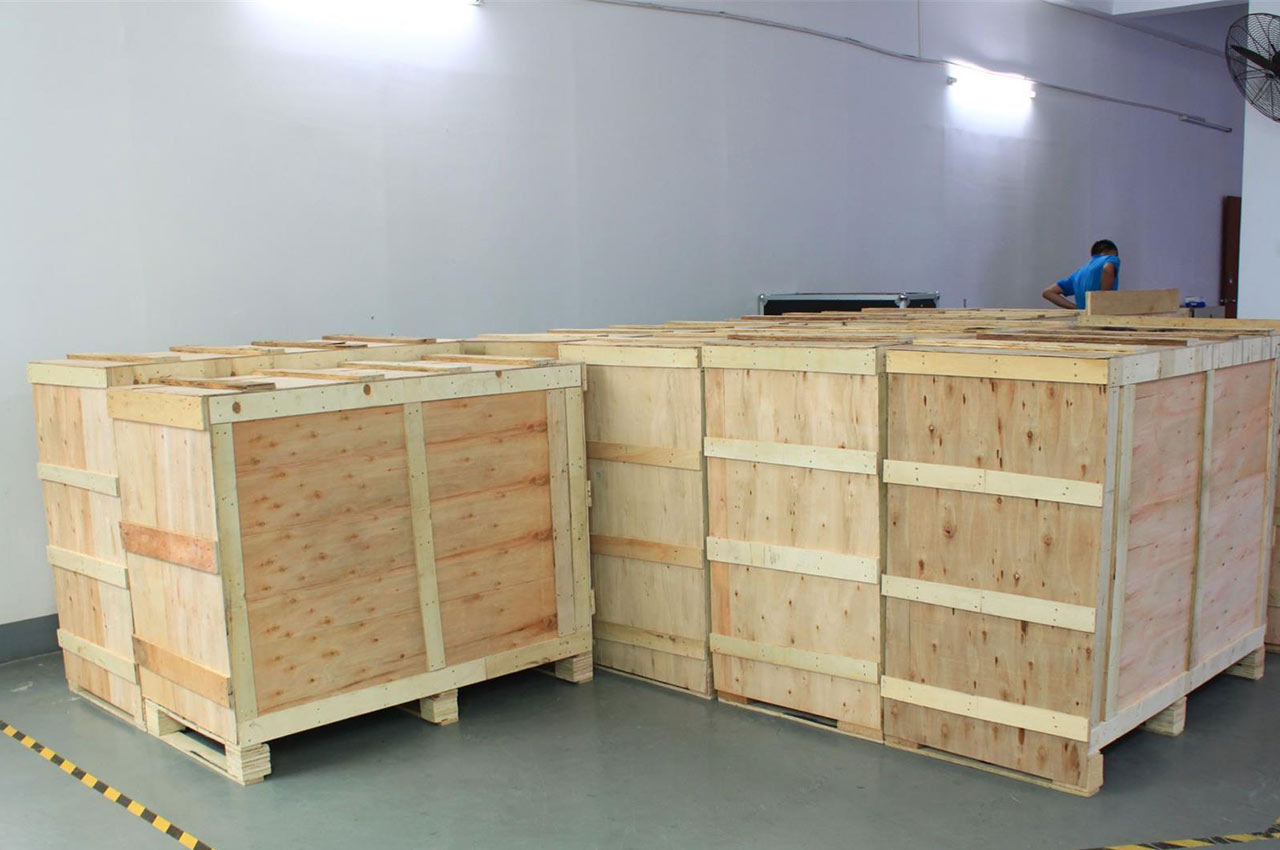It refers to the use of containers or external bandages to cover goods to meet the operational process of decoration, beautification and transportation.
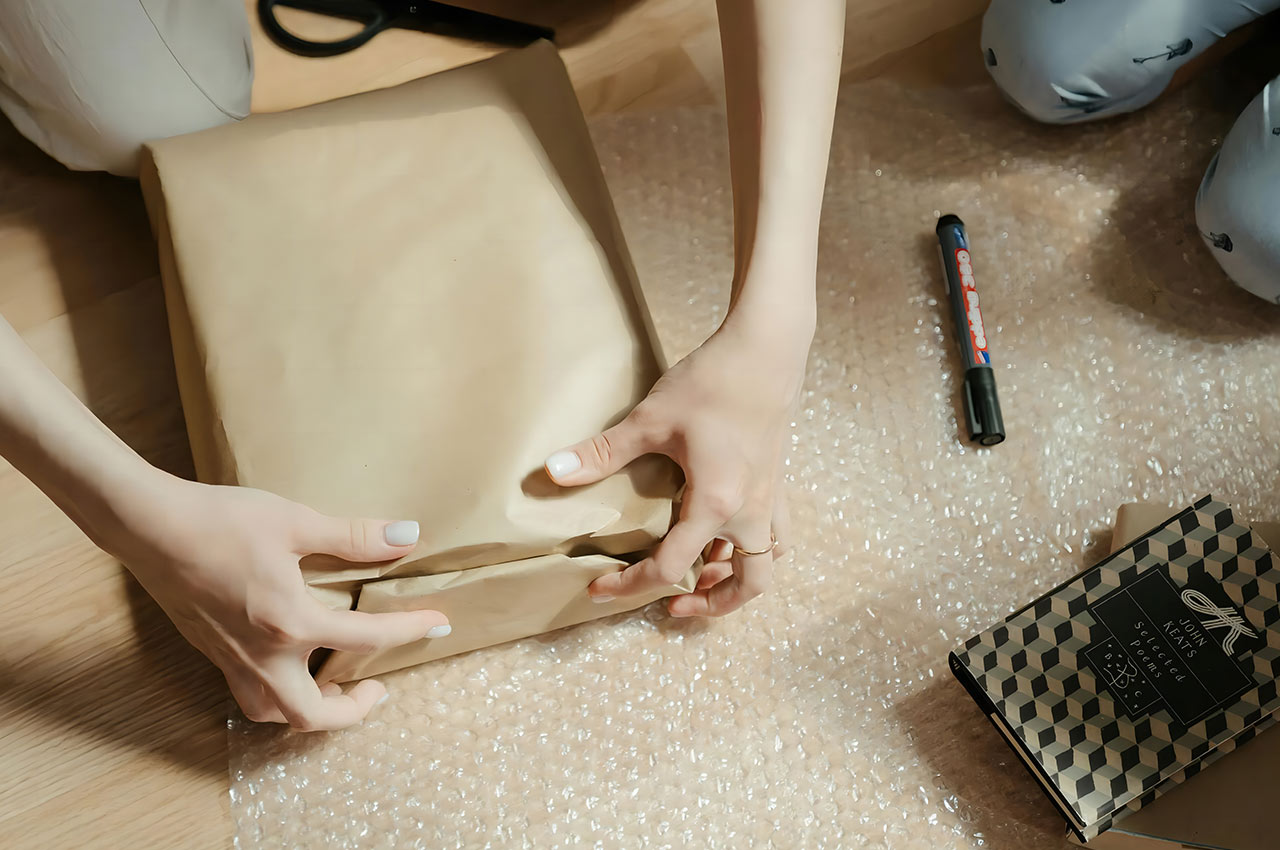

┊ Material selection: According to product characteristics and design requirements, choose the appropriate packaging materials, considering the strength of the material, moisture resistance, environmental protection, cost and other factors.
┊ Printing and decoration: printing on packaging materials, can use offset printing, gravure, flexo printing, digital printing and other printing methods.
┊ Molding processing: For paper packaging, it may include cutting, folding, gluing and other processes to make cardboard boxes, cartons and other shapes; Plastic packaging may be molded by blow molding, injection molding, blister and other methods; Metal packaging may involve stamping, welding and other processes.
┊ Filling and packaging: Put the product into the formed package for sealing and sealing operations, such as using tape, glue, heat sealing, etc.
┊ Quality inspection: check the appearance of the package, whether there is damage, printing defects, etc., test the strength of the package, sealing and other performance is in line with the standard.
┊ Diversity of materials: A wide variety of materials are used, such as paper, plastics, metals, glass, wood, etc., each with its own unique properties and range of applications.
┊ Printing technology is rich: It covers a variety of printing methods such as offset printing, gravure printing, flexographic printing, and screen printing.
┊ Molding processes are complex: including die cutting, folding, bonding, thermoforming, etc.
┊ Surface treatments are varied: laminating, glazing, embossing, gilding, laser, etc.
┊ The degree of automation is increasing.
